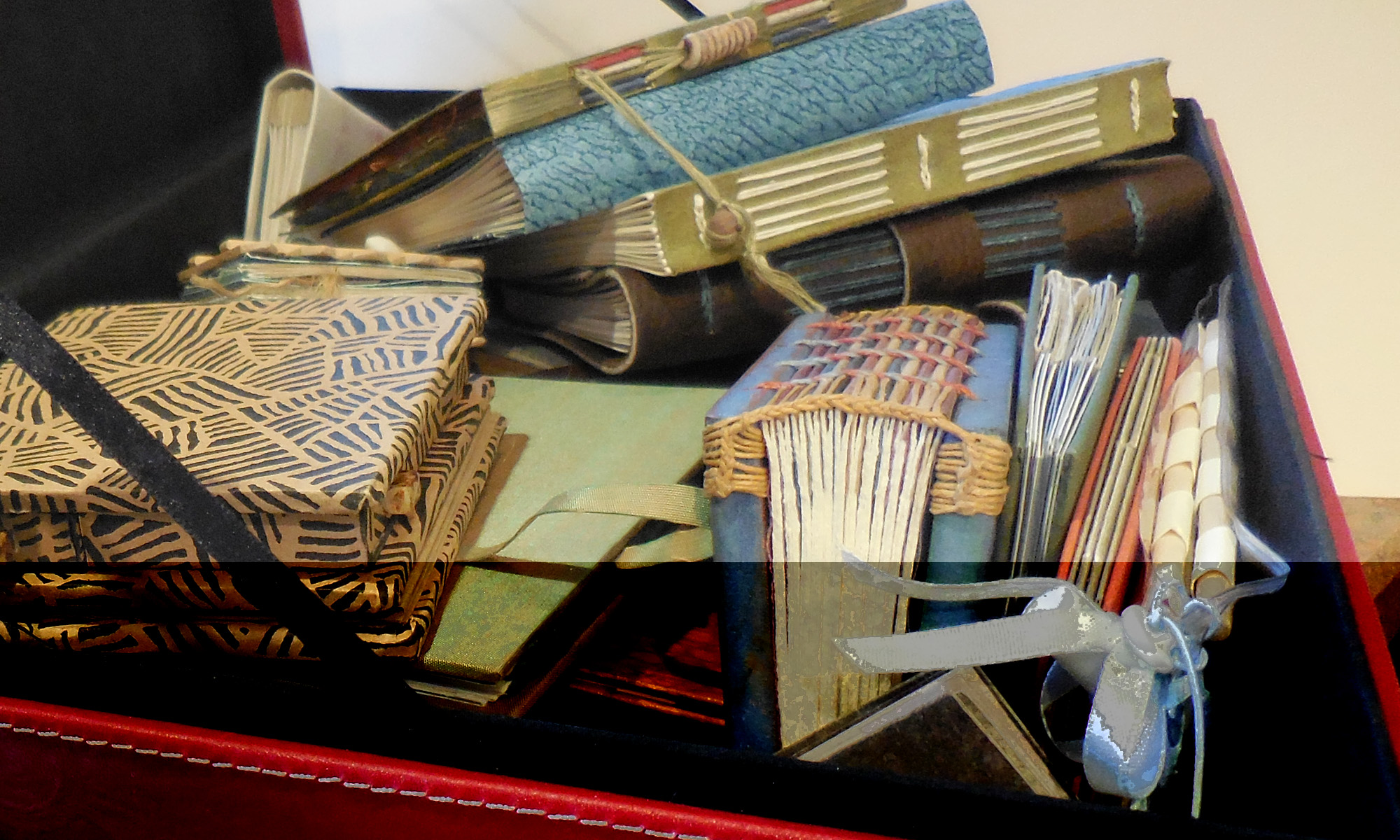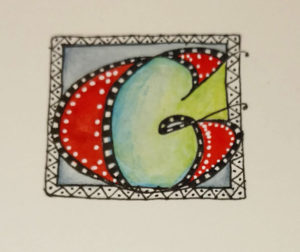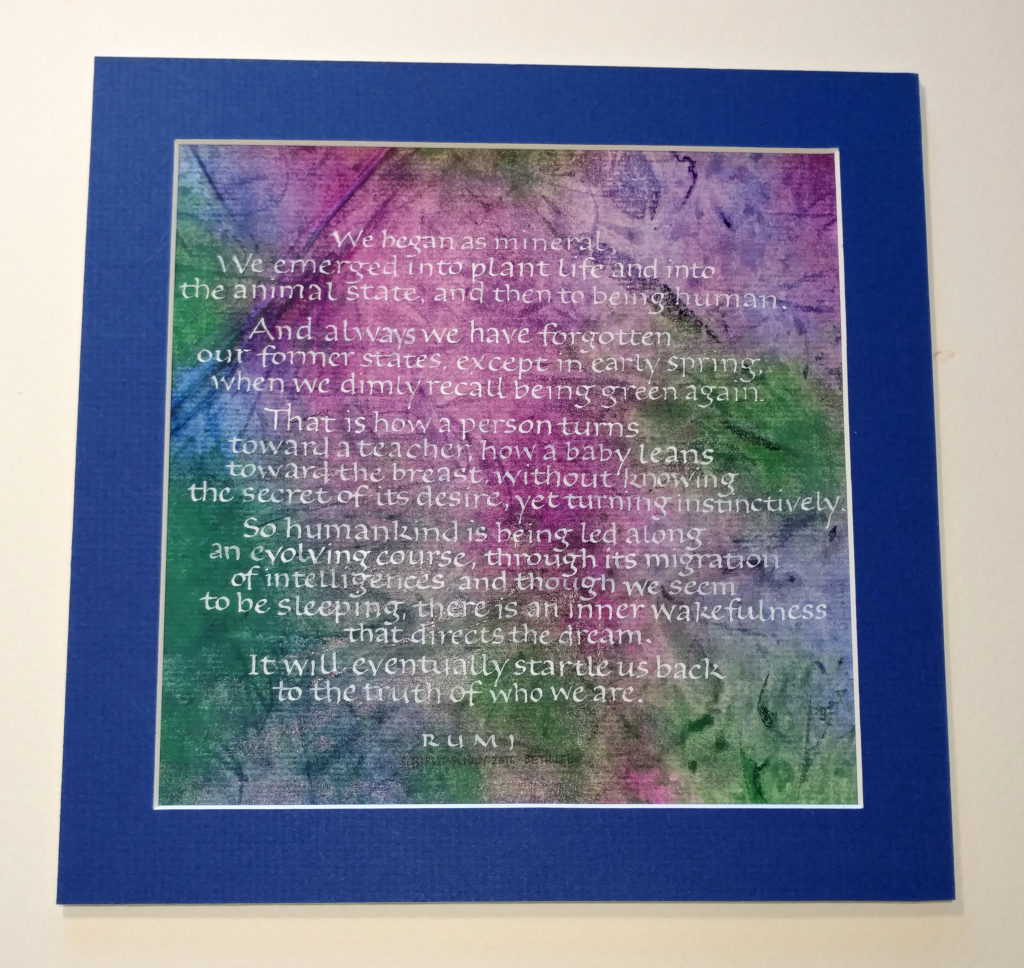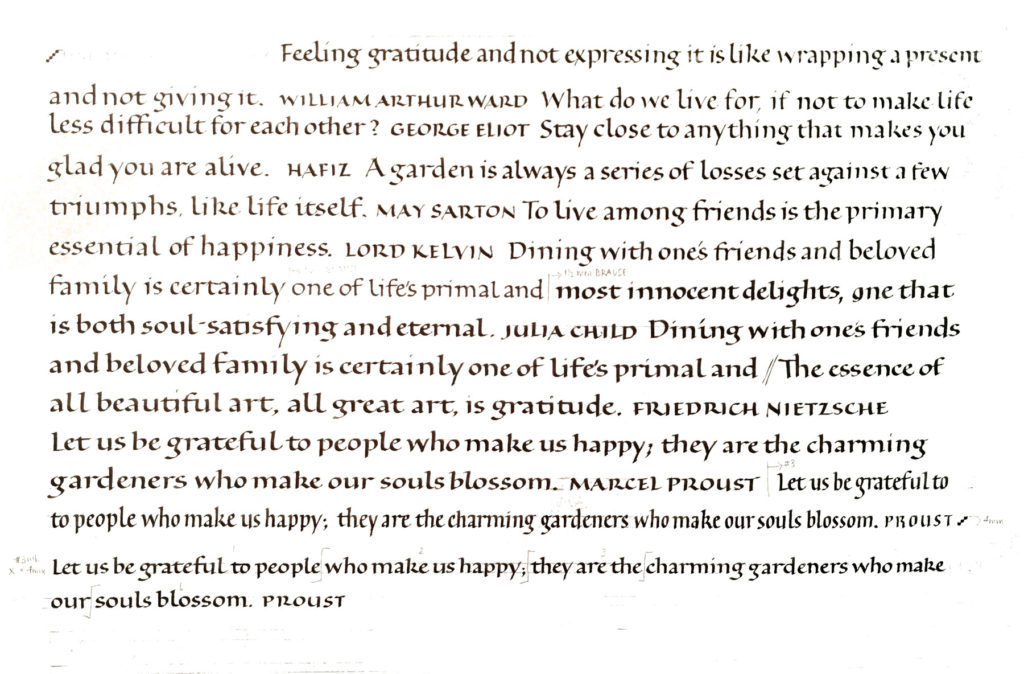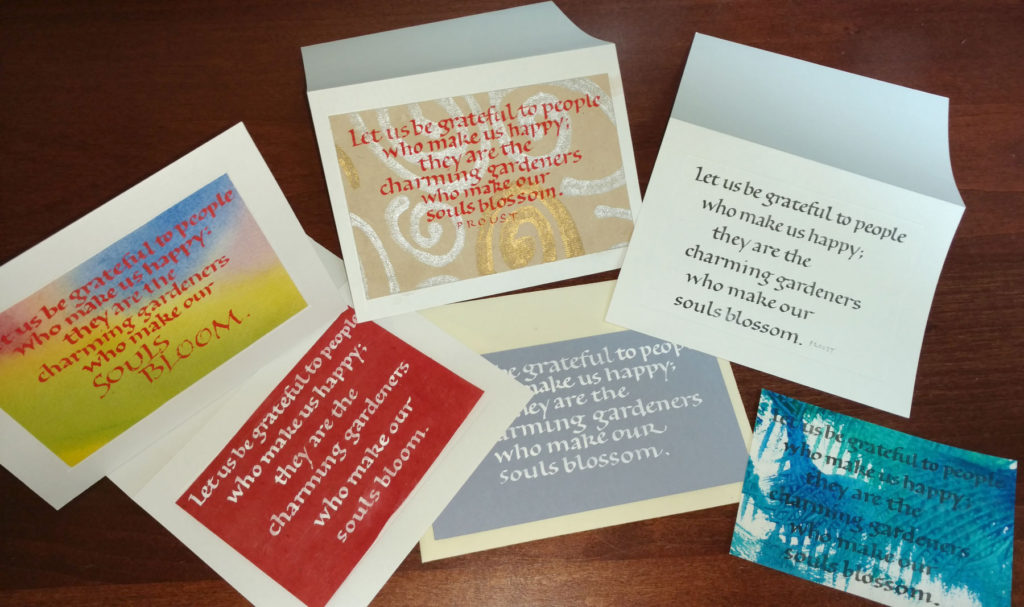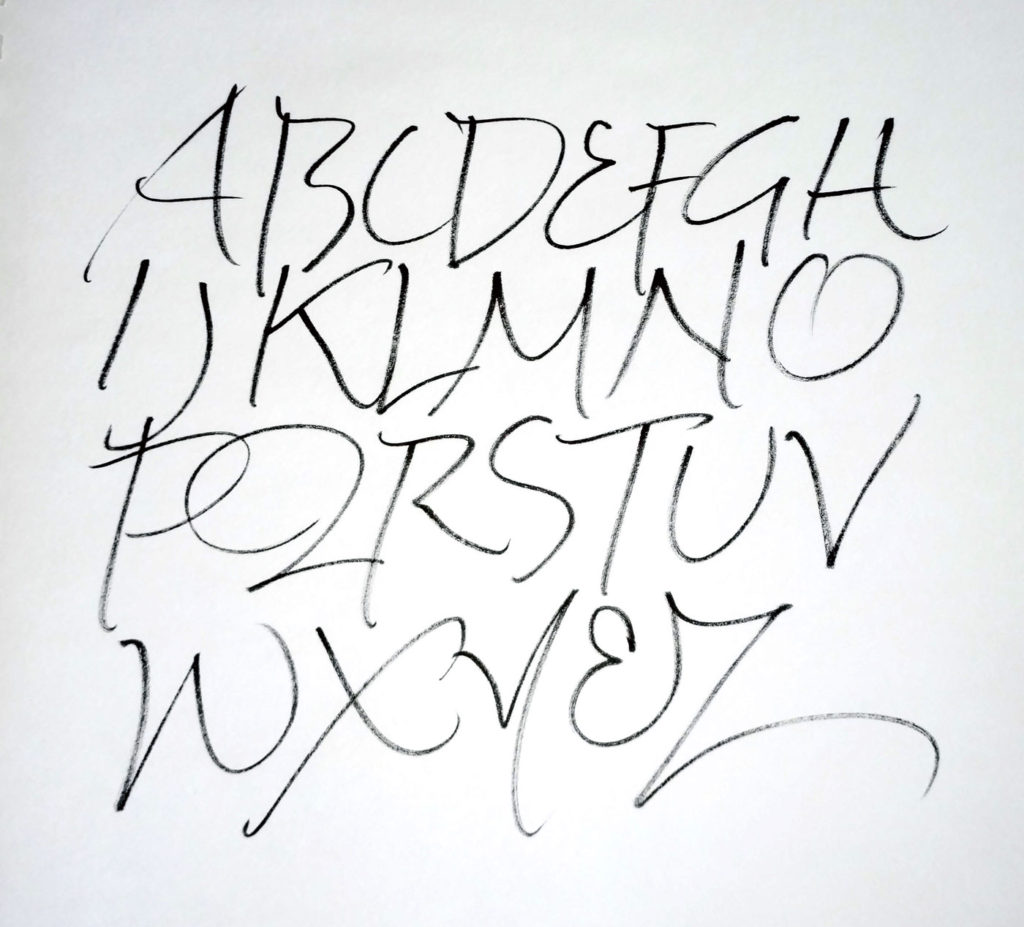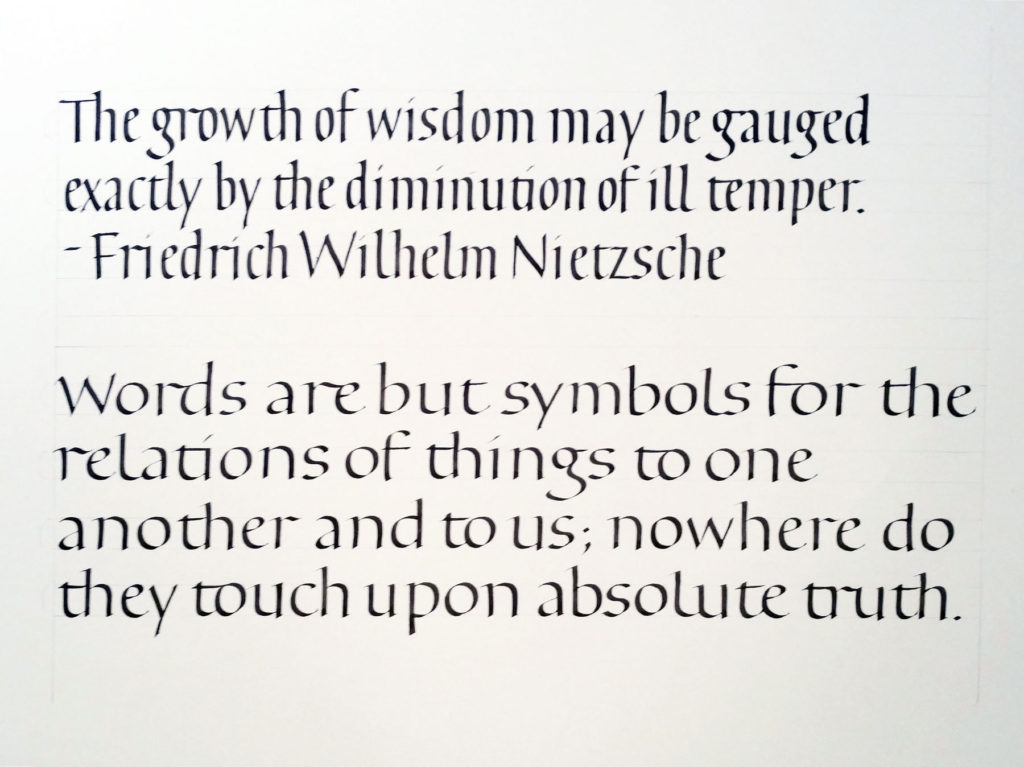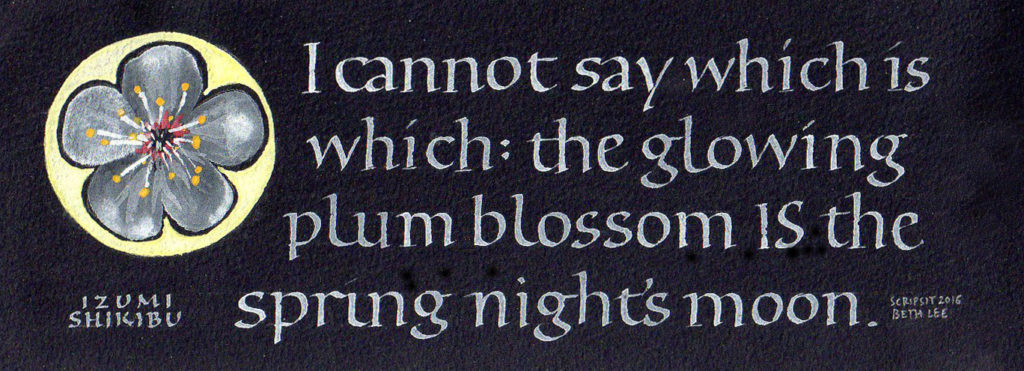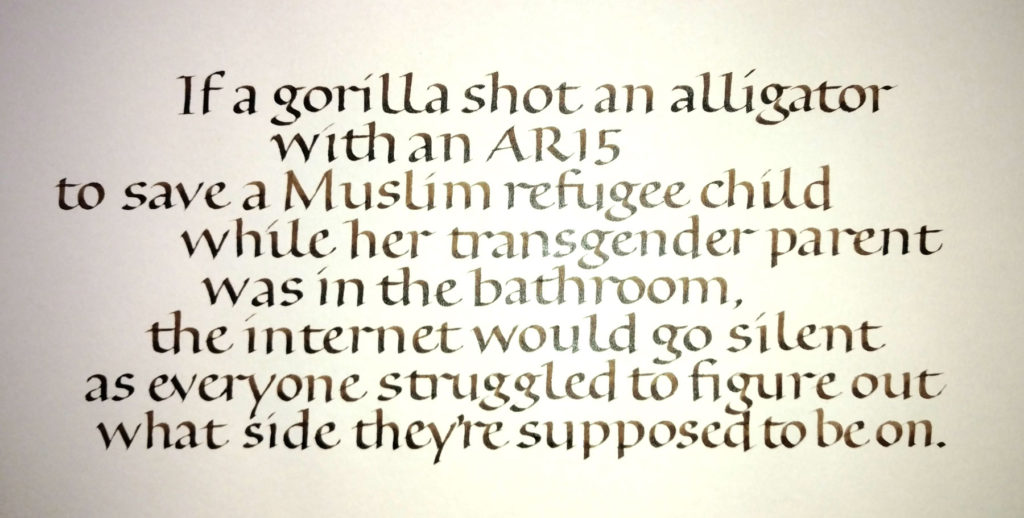
I’ve been hard at work cleaning out the studio. There is still a lot to do. But meanwhile, here’s a quick peek at a little of that. After all my palettes were all washed, I counted them. No, I’m not going to share that number. It’s simply too embarrassing.
I use a toothbrush and Lava soap for most of the work, and a scrubbing sponge for most of the rest, but sometimes my rubber-gloved index finger was more effective.
I did learn something new about cleaning palettes: a little alcohol on a paper towel will get rid of those hard-set glumps of probably-acrylic-gouache paint that won’t come off with soap and water no matter how you scrub.
It’s so satisfying to see my spotless palettes stacked neatly and waiting for the next project!
